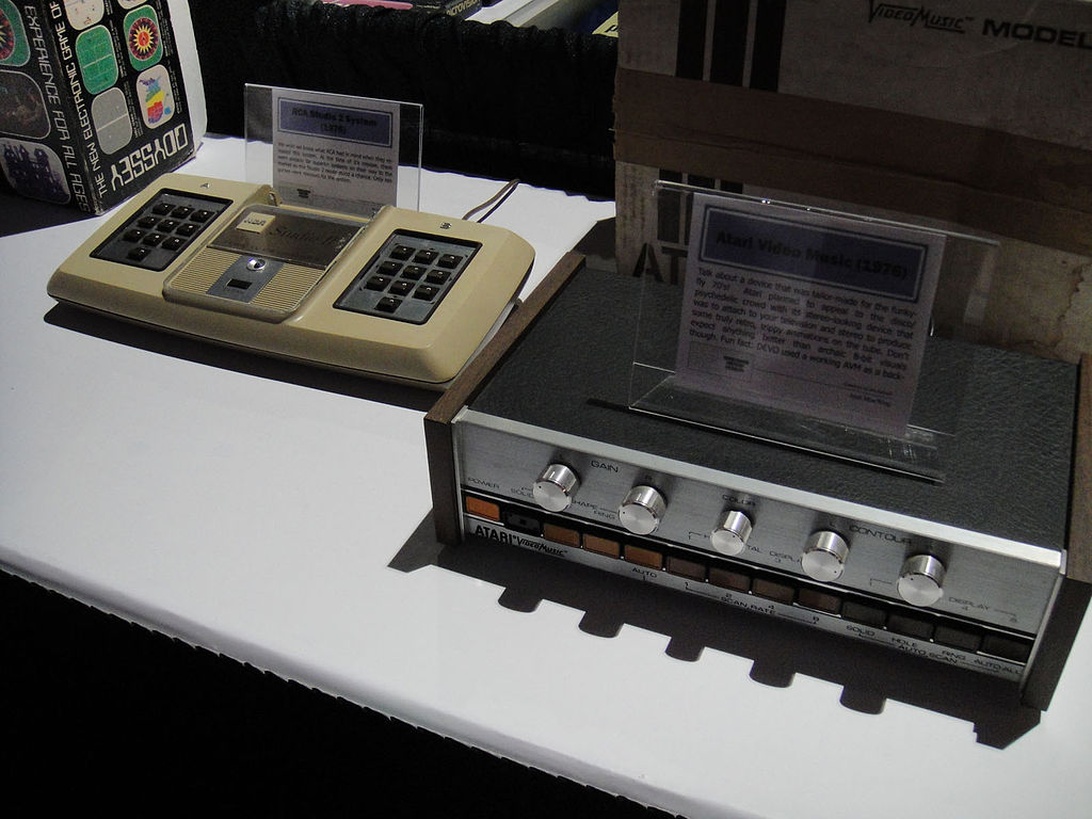I vividly remember when a tour plan was a thick stack of paper full of printouts, phone numbers, and maps, stapled in a corner and already worn out before the first show. That world feels almost archaeological, and it certainly didn’t help anyone trying to recover from the stress of touring. Communication was a flurry of phone calls, and demos were mailed on CDs. Today, the modern music industry is no longer driven just by gut feelings and connections, but by a complex digital ecosystem. For modern music companies and artist managers, the ‘workplace’ has shifted from a physical office to a suite of integrated digital solutions that are revolutionizing everything from A&R to royalty payments. This is not just a tech upgrade; it is a fundamental change in how artist careers are built and managed.
The new playbook: Data as a compass in a sea of music
One of the biggest challenges today is the overwhelming ‘digital noise.’ With over 100,000 new tracks uploaded to streaming platforms daily, it is harder than ever for an artist to break through. In my experience, this is where the first major revolution has happened. In the past, A&R (Artists & Repertoire) was based heavily on instinct and being in the right place at the right time. Now, the focus is on digitising contacts in the music industry to build a more robust network, with data acting as the new compass. Platforms like Spotify for Artists, YouTube for Artists, and Apple Music for Artists provide unprecedented insight into who is listening, where they live, and how they discover music. This information is gold. Instead of guessing where an artist has a growing fanbase, we can now see it in real time and make strategic decisions. As researcher Jessica Edlom from Karlstad University highlights, data has become absolutely central to understanding and engaging with fans in the modern era. This data-driven strategy extends far beyond just marketing. Record labels, which essentially act as the music industry’s venture capitalists, invest enormous sums. As the RIAA reports, major labels have spent $13.4 billion on finding and developing new talent, with an additional $20 billion on royalties to artists and songwriters. To maximize the return on these investments, which can reach up to $2 million to establish a single artist, data analytics is used to identify trends and potential stars. By analyzing streaming data, social media engagement, and playlist placements, companies can make more informed decisions about which artists to back. It is no longer about replacing the human ear but about giving it superpowers by confirming instincts with concrete data and identifying opportunities that would otherwise be lost in the noise.

Collaboration without borders: The centralized digital headquarters
Artist management is, by definition, a collaborative effort. A team can consist of the artist, manager, booking agent, publicist, producers, songwriters, and label staff, often scattered across different cities and time zones. Managing this with a mix of emails, texts, shared folders, and phone calls is a recipe for chaos. I have seen important deadlines missed and the wrong versions of songs sent out due to poor communication. This is where the idea of a centralized digital workplace becomes crucial. While platforms like Slack, Asana, and Trello have become standard for organizing projects, their power is in their application. For instance, a tour manager could create a project for an upcoming tour with columns for ‘Logistics,’ ‘Venue Prep,’ and ‘Promotion,’ with tasks like ‘Book flights for band (due 10/15)’ and ‘Confirm soundcheck time with venue (due 10/20)’ assigned to specific team members.
For larger teams and established music companies, creating a unified digital hub is a powerful step forward. To build this kind of centralized system, it is incredibly beneficial to study established frameworks. You can find great inspiration by reviewing various HR company intranet examples with employee portal solutions to understand how to structure a ‘single source of truth’ for a music business. Imagine a digital headquarters where you can find everything: the latest mixes from those long days in the recording studio, approved press photos, tour schedules, marketing plans, contracts, and budgets. Creating dedicated spaces for each artist or project ensures the right people have access to the right information. This not only streamlines workflows and reduces the risk of mistakes but also builds a stronger, more transparent culture. When everyone on the team, from the artist to the marketer, has a clear overview of a project’s status and goals, they can work more synchronously and creatively.

The future’s toolkit: AI, blockchain, and smarter rights management
If data analytics and collaboration platforms are the present, technologies like artificial intelligence (AI) and blockchain are the exciting future that is already knocking at the door. The entire industry is undergoing a massive shift. As the IFPI notes, this digital transformation has reshaped everything from revenue streams to artist discovery, with streaming now accounting for an incredible 69 percent of global music revenues.
AI as a creative and analytical partner
AI is no longer science fiction but a practical tool. I see artists and producers using AI applications for everything from brainstorming lyric ideas and generating melodies to mastering their tracks for different streaming platforms. This isn’t about replacing creativity but augmenting it, which brings up the ongoing debate about AI as a creative tool or a threat to artists. Simultaneously, A&R departments are using AI to analyze massive datasets and predict which songs have hit potential. This technology can streamline and inspire the creative process, allowing artists to focus on their vision.
The royalty revolution
Parallel to this, we are seeing a revolution in the least glamorous but most critical area: rights management and royalties. Historically, this has been a messy process, often handled with complex spreadsheets. Today, the use of cloud-based rights management systems and emerging technologies like blockchain enables a new level of transparency and efficiency. Blockchain, with its smart contracts, has the potential to create an immutable and transparent ledger of who owns what in a song and automatically distribute royalties every time it is played. This technology, combined with concepts like the ‘Internet of Musical Things’ (IoMusT), promises a future of secure, interconnected musical devices and transparent payment systems. For artists and songwriters, this means security in knowing they are being compensated fairly for their work, which is crucial in an industry where revenue streams have become increasingly fragmented.
More than just ones and zeros: Preserving authenticity in a data-driven world
With all this technology and data, it is easy to get carried away and forget the core of it all: the music and the human connection. The biggest challenge for modern music companies is not implementing the technology, but using it without losing authenticity. Fans expect a genuine relationship with the artists they follow, even if they understand there is a team behind the scenes. As Jessica Edlom points out, even if an artist’s social media is managed by a whole team, the communication must feel authentic. This requires a delicate touch where data is used to understand the audience, not to dictate an impersonal message.
Ultimately, the goal of all these digital workplace solutions is not to automate away the human element, but to liberate it. By streamlining administration, centralizing communication, and simplifying complex processes like rights management, time and mental space are freed up for what truly drives a career forward: creativity, strategy, and building meaningful relationships with fans. The artist Robyn is a fantastic example of someone who took control of her career early on, started her own label, and used digital tools to build a loyal, global fanbase on her own terms. The digital workplace, at its best, is not a goal in itself but a powerful instrument that, when used correctly, helps artists amplify their voice and share their music with the world more effectively and meaningfully than ever before.
